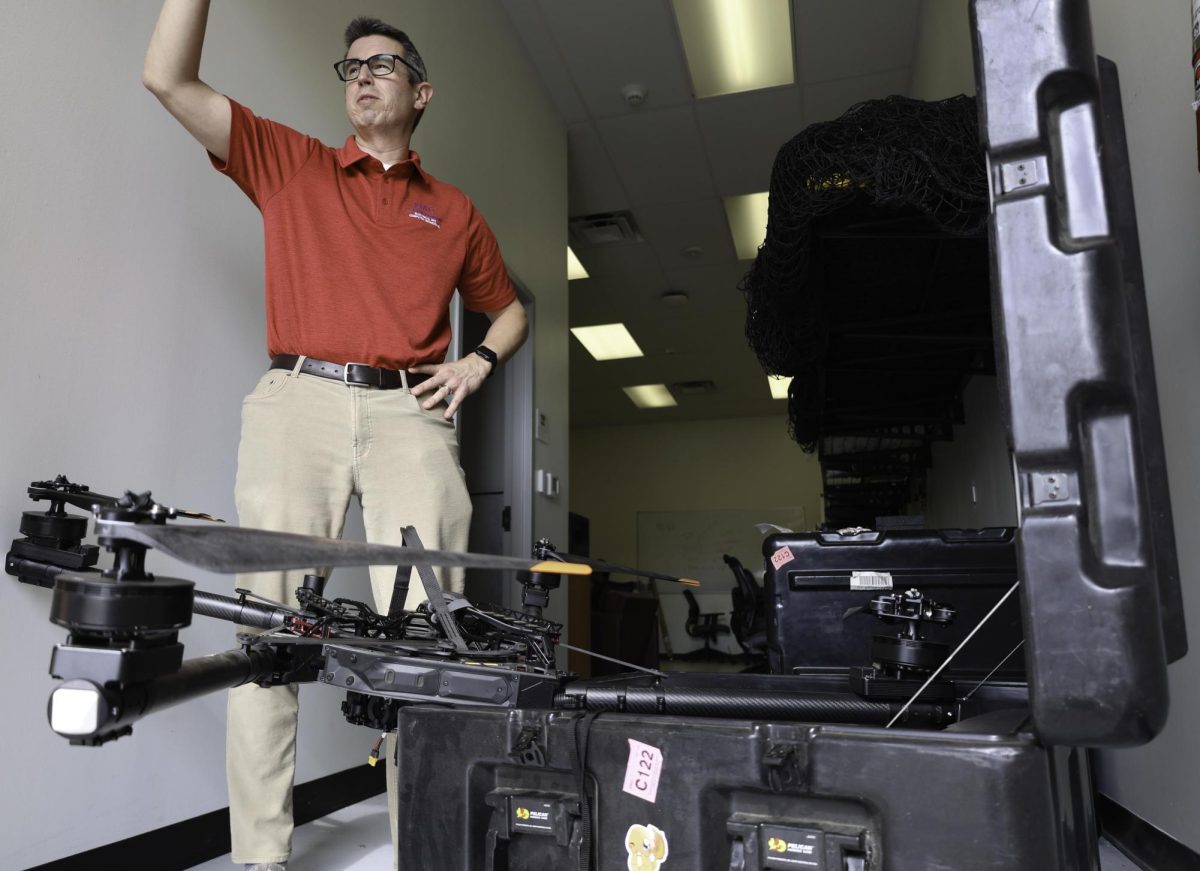
Dallas-Fort Worth has become one of the nation’s fastest growing apartment markets. In 2014, 18,200 units were completed by the end of the year and more than 30,000 units were under construction by the end of the fourth quarter. Many of the apartments being built are in urban areas of Dallas that have been revamped by large institutional investors and demanded by young adults – primarily between the ages of 24 and 35.
Job growth and an increase in population are two fundamental reasons for the increased interest in urban apartments, said Stephanie McCleskey, vice president of research at Axiometrics.
Dallas is not alone in the resurgence of “downtown” living. “Almost 30 percent of the apartments built in the U.S. since 2010 have been in the central business districts,” reported Steve Brown of the Dallas Morning News.
“I think people want to spend time other than commuting, so they move close to work,” said Karl A. Crawley, president of Masterplan Consultants. “And then you’ve got all the amenities – restaurants, museums and that kind of stuff.”
Ron Witten, president of Witten Advisors, thinks the concentration of the new apartments could stimulate more business opportunities for retail services and further increase demand for uptown apartments.
“I think retail is a component of almost all the urban apartments that are being built today,” said Witten.
However, data suggests that the growth of jobs in DFW is the main cause of people wanting to move inward. The Dallas-Plano-Irving job growth percentage was 4.9 in 2014, according to a study by Axiometrics – which is large compared with an average job growth percentage of 3.3 for America’s top 15 fastest growing cities.
This, in addition to Dallas’ 1.98 percent population growth, 4.91 percent unemployment rate, and 2014 GDP growth of 2.46 percent places the city at the No.3 spot on Forbes’ list of America’s fastest growing cities – behind No.1 Houston and No.2 Austin.
“A lot of jobs are followed by a lot of new housing,” said Stephen Melman, director of economic services at the National Association of Home Builders. “Everybody has their own best place to be, so if you’re there, you are there for a reason.”
Tim Salmon, director of doctoral studies at SMU’s department of economics, thinks that with the surge in Dallas’ population and the increase in apartment start-ups, there is a possibility of too much growth too fast, which could challenge the transportation infrastructure of the region.
“If you put another 300 unit apartment on a road that already has traffic problems, this will worsen those problems,” said Salmon.
Witten said that the re-urbanization of American cities is a hardship for lower income families whose apartments have been demolished to make way for new ones. He said this forces a blue-collar worker to find affordable housing elsewhere and distances the worker farther away from his job.
Crawley, a former zoning planner for the city of Dallas, supports Witten’s statement and thinks the Dallas City Council will start to pushback and show concern for uprooting blue-collar residences.
“At some point I think they’re going to have to start doing a balancing act,” Crawley said. “I think they’re going to be concerned about where these displaced people are going to live.”
Crawley, Melman, Salmon, and Witten all agree that the young people occupying the new urban apartments want to live in an environment where the ability to walk to work or to entertainment is an option. “People are paying it [rent] so that means they are willing [emphasis added] to pay for it,” said Salmon.
Andrea Pienaar, SMU senior and resident of uptown, chose to live in uptown because of its central location. “I don’t have to drive very far – whether that be to class, my job, to meet friends, or go shopping,” said Pienaar. “Everything is just a block to a few miles away.”
The “Manhattanization” of Dallas and inner cities across the U.S. will continue to develop as long as “there’s space to build new things and demand to buy them,” said Salmon.
McCleskey said that eventually, developers will run out of space and have to move elsewhere in the metroplex. She said developers are taking the urban-apartment-feel business model and applying it to suburban areas.
“I call it the urbanization of suburban areas,” said McCleskey.
McCleskey cited the city of Addison and the development of Legacy Center in Plano as examples of urbanized suburbs.








